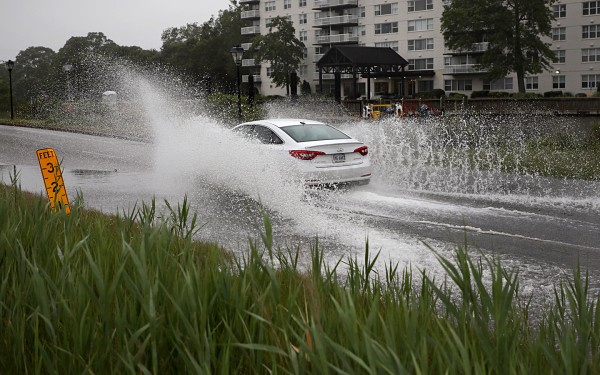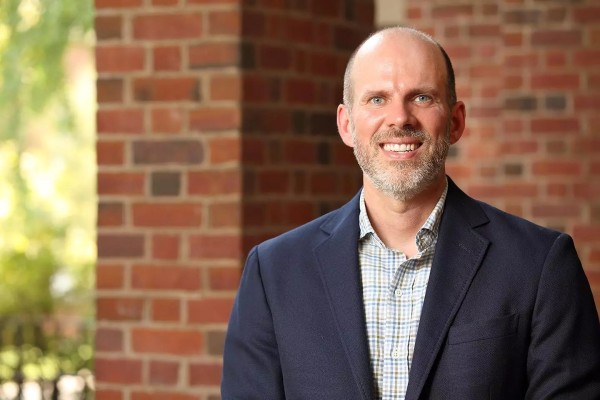SIF200 Grand Challenge Research Investment Phase 2:
Digital Technology & Society
Digital Technology Smart Infrastructure
Grand Challenges
Project Manager: Jon Goodall
Approved: Fall 2023
Project Dates: 1/1/2024 – 12/31/2026
Total Funding: $5,000,000
Impact:
The overarching goal of the Digital Technology – Smart Infrastructure Grand Challenge is to advance smart infrastructure research and outreach to better manage and operate civil infrastructure systems (roads, bridges, water systems, etc.) with the use of technology (e.g. sensors, predictive models, mobile computing, data science, etc.). The effects of climate change have major impacts on these systems and are driving the need for innovation across the civil infrastructure landscape.
However, there is a high risk that the civil infrastructure field will underutilize modern information technologies in achieving climate-resilient smart infrastructure due to a lack of trust in these technologies. The adoption of smart civil infrastructure over the coming years also risks widening the digital divide between communities if barriers to adoption keep these innovations out of reach for under-resourced and marginalized communities.
We will overcome these challenges by supporting a diverse team of experts and working with government and industry stakeholder partners to advance the convergent research, workforce development, and innovation needed to build trust in smart solutions for realizing climate resilience, broadening participation in STEM disciplines, training a skilled workforce, and applying innovations and solutions equitably across socio-economic and geographic landscapes. This work will update civil infrastructure systems with cutting edge technology to reduce the effects of climate change, help infrastructure owners and operators make better informed decisions, and provide users with personalized recommendations when interacting with infrastructure systems to keep them informed and safe, especially during adverse events.
Smart infrastructure includes the use of technology (e.g., sensors, predictive models, mobile computing, data science, etc.) to better manage and operate civil infrastructure systems (roads, bridges, water systems, etc.). This project will build on prior SIF investments in smart infrastructure and the Link Lab to specifically target external, center-scale funding opportunities. The team will partner with stakeholder organizations including the Virginia Department of Transportation, The City of Norfolk, Virginia, and the Virginia Innovation Partnership Corporation to advance smart infrastructure research and outreach for addressing societal challenges including climate resilience. The project team will be centered in the School of Engineering and Applied Sciences and within the Link Lab, in particular. The team will partner with other faculty from across UVA through seed grants to advance research in smart infrastructure and further establish UVA as a leader in this research space.
Climate Change Threatens Bridges and Roads
Across America, infrastructure built to handle peak stormwater flows from streams and rivers have been engineered under the assumption that rainfall averages stay constant over time. As extreme weather events become more frequent, these systems could be in trouble.
But they don’t have to be, say researchers at the University of Virginia whose recent study examines how climate change will intensify rainfall and what that means for roads, bridges and water management systems. The research, which used advanced hydrodynamic computer modeling methods, provides vital new tools to help engineers adapt infrastructure for these changing conditions. Read more...


Predicting Norfolk Street Flooding in Seconds: UVA Professor Jon Goodall's Machine Learning Advancements
Norfolk's streets can quickly transform into waterways during heavy rains, disrupting transportation and emergency response efforts. Now, University of Virginia’s professor Jon Goodall and his team are leveraging artificial intelligence and machine learning to predict street-level flooding in real-time, helping the city respond faster to extreme weather events.
Goodall, a professor of civil and environmental engineering, has long used physics-based models, like TUFLOW, to simulate how rainfall and tides interact with Norfolk’s stormwater systems. While highly accurate, these models require hours to run, limiting their usefulness for immediate decision-making.

